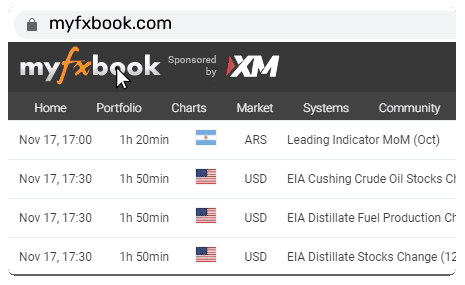NZD and GBP Analysis: Mixed CPI Reports and Implications for Future Rate Cuts

NZD: Mixed CPI Report Dims Speculation of RBNZ Rate Cut
During the Asian trading session, the New Zealand dollar (NZD) saw significant movement following the latest Consumer Price Index (CPI) report. This report resulted in the NZD/USD rate rising to an intra-day high of 0.6082 and the AUD/NZD rate dropping to an intra-day low of 1.1073.
The CPI report from New Zealand presented a mixed scenario. On the positive side, headline inflation slowed to 3.3% year-on-year in Q2, down from 4.0% in Q1, marking the slowest increase since Q2 2021. The Reserve Bank of New Zealand (RBNZ) had projected a slower decrease, expecting inflation to hit 3.6% in Q2. However, inflation in domestically driven sectors did not slow as expected. Non-tradeable inflation rose by 0.9% quarter-on-quarter, lifting the annual rate to 5.4% in Q2, slightly higher than the RBNZ's forecast of 5.3%. Conversely, tradeable goods showed further signs of disinflation, with import prices falling by -0.5% quarter-on-quarter, reducing the annual growth rate to just 0.3%.
Overall, market participants are now less certain about the timing of RBNZ rate cuts. The belief is that the RBNZ will focus more on domestic price pressures, which are not slowing as quickly as anticipated. According to Bloomberg, the probability of the RBNZ cutting rates at their next policy meeting on August 14th is now seen as just below 50:50. The upcoming New Zealand Labour market report for Q2, set to be released on August 6th, will also play a crucial role in their decision. Despite these developments, the expectation remains that the AUD/NZD rate could rise above the 1.1000 level due to divergent monetary policies between the Reserve Bank of Australia (RBA) and the RBNZ. With New Zealand’s economic growth remaining weak and inflation slowing, the RBNZ is expected to cut rates, while the RBA may consider raising rates further in response to stronger inflation in Australia.
GBP: Persistent Services Inflation Raises Doubts on August BoE Rate Cut
In European trading, the key economic data release was the UK's CPI report for June. This report showed that headline inflation stayed at the Bank of England’s (BoE) target of 2.0% for the second consecutive month. Core and services inflation, which the BoE closely monitors for signs of persistent inflation, also remained unchanged at 3.5% and 5.7%, respectively. Meanwhile, goods inflation moved further into negative territory, registering -1.4% in June.
The report detailed that food and non-alcoholic beverage inflation eased to 1.5% in June from 1.7% in May, and clothing and footwear inflation slowed to 1.6% from 3.0% in May. However, the annual rate of inflation for transport increased to 0.9% from 0.5%, and for restaurants and hotels, it rose to 6.2% from 5.8%.
This slightly stronger than expected report did not significantly impact the pound’s performance but highlighted that services inflation remains stubbornly high. This could deter the Monetary Policy Committee (MPC) from voting for a rate cut at next month’s meeting. The UK rate market now views the probability of a BoE rate cut next month as just under 50:50. This development removes a potential downside risk for the pound, supporting its current upward momentum. The improving growth outlook for the UK economy was also reflected in the International Monetary Fund's (IMF) updated World Economic Outlook, which revised the UK’s GDP forecast for this year higher to 0.7%, acknowledging stronger growth at the start of the year.
This content may have been written by a third party. ACY makes no representation or warranty and assumes no liability as to the accuracy or completeness of the information provided, nor any loss arising from any investment based on a recommendation, forecast or other information supplies by any third-party. This content is information only, and does not constitute financial, investment or other advice on which you can rely.



















